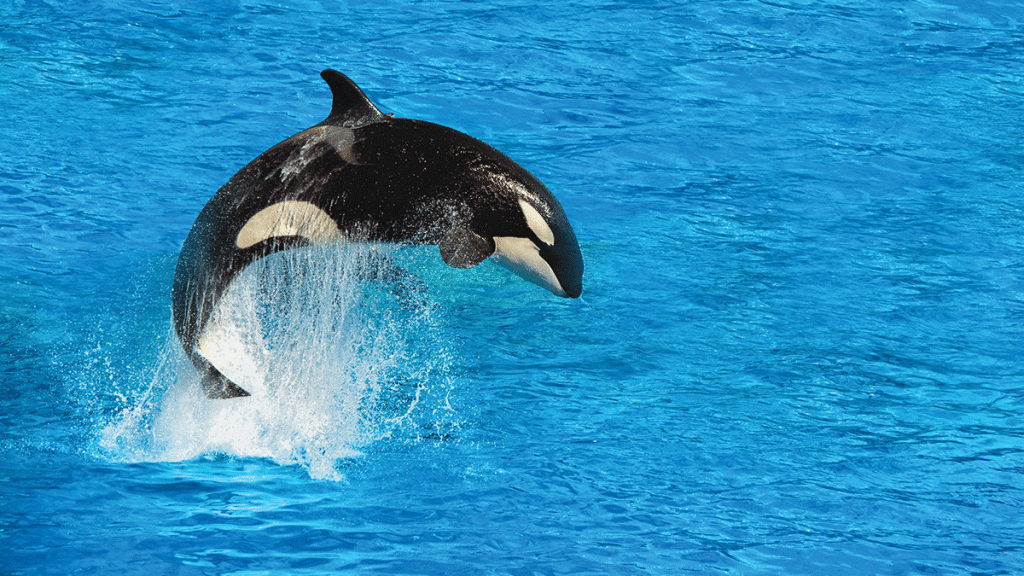Editor’s Note: This story is part of Good Times’ annual Santa Cruz Visitors Guide 2019. Read the full publication here.
I didn’t go whale watching to see whales. The Monterey Bay is full of whales year-round, from humpbacks to greys and the coveted big blues. I’ve heard stories of friends and families getting full spout shows and breaches like those in National Geographic, but that’s not why I signed up.
A few weeks back, I stumbled across a story that cited a new Monterey Bay study about orcas and great white sharks. The study, released last month, suggests that there may be a new top predator of the ocean—the king of dolphins. The study asserted that when orcas showed up, great white sharks cleared out of the area, not returning until the following season.
Cue mental image of an orca and a giant shark in head-to-head combat, the battle of the apex predators. It may not be realistic, it may be a gross exaggeration of what’s really going on, but it’s pretty frickin’ sweet.
My deep sea fantasies are what led me to whale watching. I wanted to see the king of dolphins—and apparently the king of the food chain: the killer whale. Stagnaro Charters Whale Watching didn’t disappoint.
“Keep an eye out for 15-foot spouts on the horizon,” our tour guide and naturalist Megan Petersen told the small crowd of 16 (they usually take up to 60 people out). “And if you see one, don’t keep it a secret, let everyone know.”
People gathered Titanic-style at the front of the boat, looking out to the horizon. An hour later, many had retired to the benches without any luck. We were heading to Moss Landing, and had seen a couple of sea lions, a few birds. But so far, no whales and no orcas.
Later on, I’d find out that the tour crew sees orcas maybe once a month if they’re lucky. Good thing we got lucky. Just past the Moss Landing power plant, we saw a total of six orcas dipping in and out of the other tour and research boats. Watchers holding phones stretched their arms over the side, craning around each other to get the best shot. The entire Monterey Submarine Canyon is likely lined with dropped phones and selfie sticks.
“Killer whales feed pretty exclusively on large marine mammals, like sea lions or baby whales,” Petersen says. “They leave smaller animals like fish alone, but they will play games with them. I’ve seen a video of them slapping fish up into the air with their tails for fun.”
No wonder we didn’t see any whales. Would there be any poor creature within a 20-mile radius of these many-thousand pound baddies? The answer was yes, when a solo sea lion popped its pretty stupid head out between orcas. “Swim away, little sea lion,” Petersen said. “It’s not safe for you here.”
I’d be lying if I said I didn’t secretly hope for a front-row seat to the sea lion feast. I know, I know, I really am awful—but as far as I know, it did get away. Orcas visit the Monterey Bay year round, though they are most common during April, May and June as they follow other migrating whales. Between them, the array of whales, otters, great whites, and many other species, seeing something wonderful in the bay is almost guaranteed.

